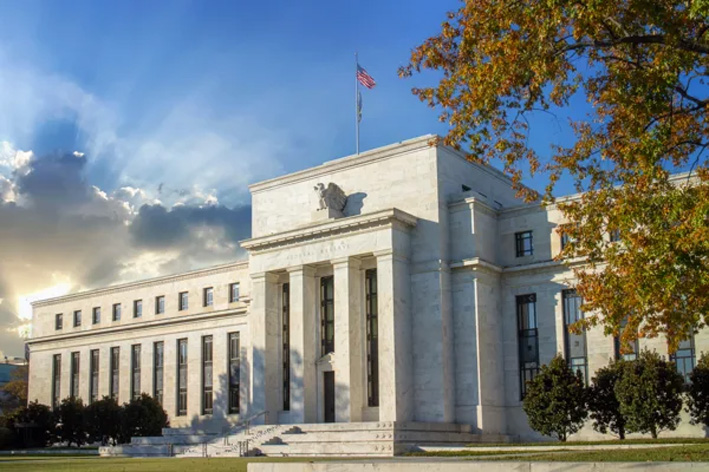By Craig Erlam
European stock markets are trading softer on Tuesday following a similar session in much of Asia as invCestors turn more cautious ahead of Thursday’s US inflation data.
The commentary from Fed officials at the start of the week was more hawkish than what investors wanted to hear following a knockout jobs report. Considering the rhetoric in the weeks leading up to Friday, it shouldn’t have come as a great surprise that policymakers are sticking to the “higher for longer” narrative.
There has been a determination to not allow financial conditions to loosen on the expectation of lower rates down the road as it undermines tightening efforts now. While the U.S. central bank’s assessment of future rates may be more hawkish than the markets, it’s also possible that they’re being intentionally overly hawkish now in an attempt to stop investors from getting carried away.
The jobs report may not have been enough to warrant a shift in the language, but that doesn’t mean we aren’t close and any change could be quite stark. The inflation report on Thursday could further justify such a move although investors will be very wary that a bad one could ensure policymakers dig their heels in for a while longer yet.
Oil demand to pick up later this year
It’s been a choppy session in the oil market, where Brent is hovering around $80 and WTI $75.
We’ve now seen three sessions on the bounce in which crude oil prices have rallied before ending the day well off the highs. Not a particularly bullish signal.
There’s a lot to consider in oil markets at the moment and the near-term risks probably are more tilted to the downside. The start of the year could see countries fall into recession as the cost-of-living crisis bites, interest rates are hitting a level that could significantly hurt economic activity and China is likely to experience the worst of the Covid surge after relaxing its approach.
Beyond that, things could start to look up for a number of reasons.
China could bounce back strongly, especially if backed by monetary and fiscal stimulus, central banks may discover they have room to cut rates, if inflation falls substantially and economies are in recession, and Russian output could be squeezed as sanctions take their toll.
A lot of ‘if’s and ‘but’s, of course, but that is the uncertain world we now live in.
Gold holding on
Gold is holding onto gains well considering the Fed’s efforts to address market interest rate expectations. Yields remain near their recent lows and gold near the highs around $1,880, indicating that policymakers have a lot more convincing to do.
That may be made harder on Thursday if core inflation is lower than expected, undermining the central bank’s hawkish stance. Of course, there will come a time when that will have to change and it may be fairly abrupt.
For now, the yellow metal faces strong resistance around $1,880-1,920, a region that we’ve seen a lot of activity around in recent years. Momentum remains favourable for the bulls, but that may change now that price is testing that $40 range.
BTC tentatively higher
Bitcoin is marginally higher after breaking back above $17,000 on Monday, buoyed by an improvement in risk appetite. That remains fragile though and a nasty surprise this Thursday from the US inflation report could send risk assets into reverse.
The broader crypto environment remains the dominant driver, though, and it’s gone a little quiet on that front which will be welcome.
Craig Erlam is Senior Market Analyst, UK & EMEA at OANDA
Opinions are the author’s, not necessarily that of OANDA Global Corporation or any of its affiliates, subsidiaries, officers or directors. Leveraged trading is high risk and not suitable for all. Losses can exceed investments.







